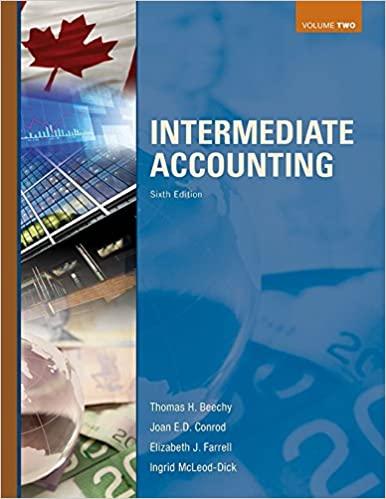Question
Airports have faced the problem of long waiting lines and waiting times at security gates. Waiting lines can be as long as hundreds of yards
Airports have faced the problem of long waiting lines and waiting times at security gates. Waiting lines can be as long as hundreds of yards and waiting times can sometimes be hours. In their efforts to reduce waiting lines and times, or at least to not have them become longer as airline demand increases, airports have analyzed their existing security systems and sought quantitative solutions. One of the key components of any effort to operationally improve airport security procedures is forecasting passenger arrivals at security checkpoints to determine how many security checkpoints and staff are needed. At Berry International Airport (BEI), security analysts would like to forecast passenger arrivals for next July, the airport's busiest travel month of the year, for the purpose of determining how many security checkpoints they should staff during the month so that waiting lines and times will not be excessively long. Demand for airline travel has generally been increasing during the past 3 years. There are two main concourses at BEI, North and South, each serving different airlines. The following table shows passenger arrivals at the South concourse for 10 days (selected randomly) in 2-hour segments from 4:00 a.m. to 10:00 p.m. for the month of July for the past 3 years. Using the provided data:
a) Identify any cycles or seasonal behavior and explain how they affect the forecasting [answer should be at least one paragraph long and include a graph to illustrate the explanation]
b) Discuss the at least three forecast models that might be used to develop this forecast and explain which one is more adequate. [estimate the forecast using at least three distinct methods, for each method estimate the MAD = Median Absolute Deviation and indicate which model presents the best fit]
c) Using the best model identified previously, develop a forecast for daily passenger arrivals at the South concourse at BEI for July of year 4. [show the forecast for each time period]

Step by Step Solution
There are 3 Steps involved in it
Step: 1

Get Instant Access to Expert-Tailored Solutions
See step-by-step solutions with expert insights and AI powered tools for academic success
Step: 2

Step: 3

Ace Your Homework with AI
Get the answers you need in no time with our AI-driven, step-by-step assistance
Get Started


